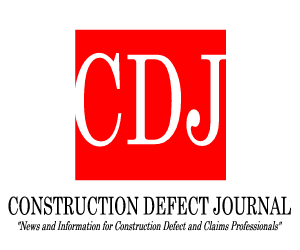
As the development of critical materials resources expands, the realities of water demand will be increasingly felt.
As demand increases for low-carbon technologies to power the energy transition, the acquisition of critical materials—so-called given their integral role in the transition of energy activities—is becoming increasingly important. As described in our previous post, such critical materials include rare earth elements (REE), lithium, nickel and platinum group metals. In short, the transition endeavors to reduce use of one non-renewable resource—fossil fuel—by significantly ramping up our use of other non-renewable resources. While critical material discussions have largely centered on the availability and economic extractability of the minerals themselves, Pillsbury is also counseling on the other resources needed to bring the materials to market at the scales required for our decarbonization goals.
Chief among these resources is water. The extraction, processing and manufacture of critical materials into low-carbon technologies all require significant volumes of water. For example, up to 5,000 gallons of water are needed to produce one ton of lithium. Critical materials are often found in arid climates that are already experiencing water stress (such as the “lithium triangle” of Argentina, Bolivia and Chile, and copper in Chile), or in areas experiencing conflict and challenges to water development (such as cobalt production in the Democratic Republic of the Congo). In the U.S., development potential resides largely in the water-constrained western and southwestern states, such as Arizona (copper), California (REE), New Mexico (copper, REE), Texas (REE), Utah (magnesium, lithium, platinum, palladium, vanadium, copper), and Wyoming (REE, platinum, titanium, vanadium).
Reprinted courtesy of Robert A. James, Pillsbury and Ashleigh Myers, Pillsbury
Mr. James may be contacted at rob.james@pillsburylaw.com
Ms. Myers may be contacted at ashleigh.myers@pillsburylaw.com




